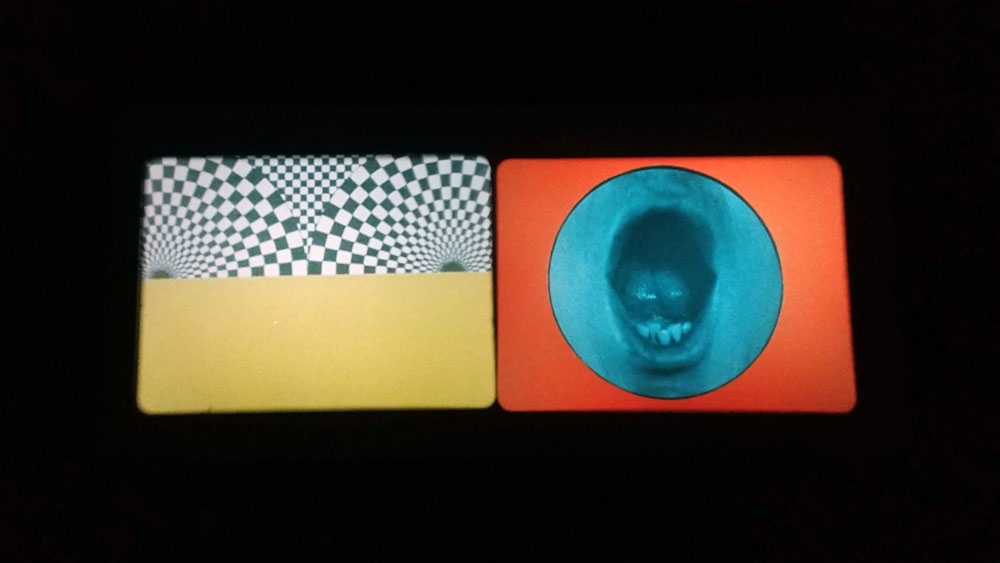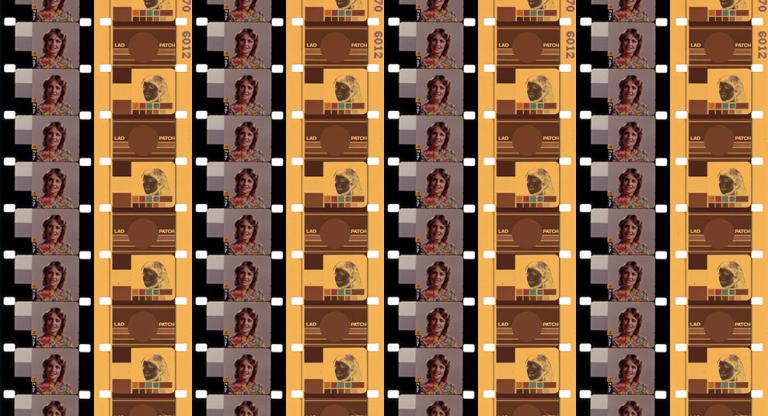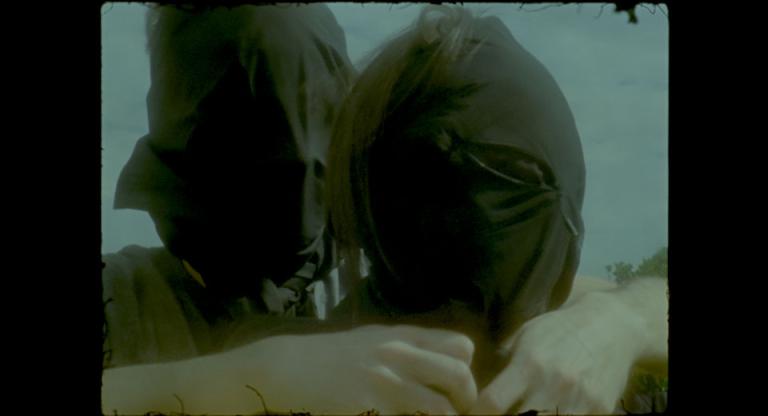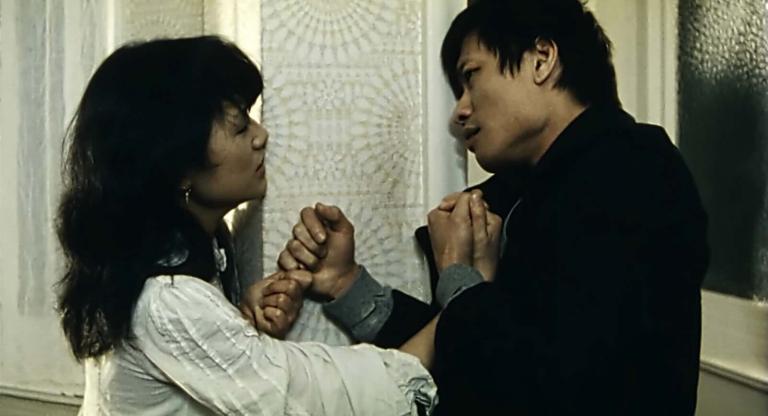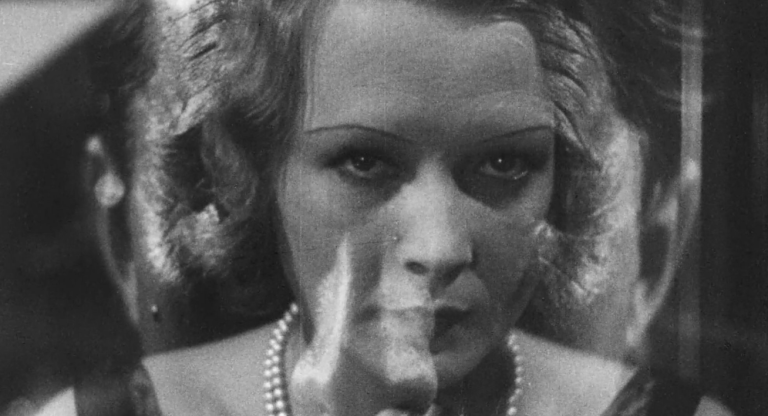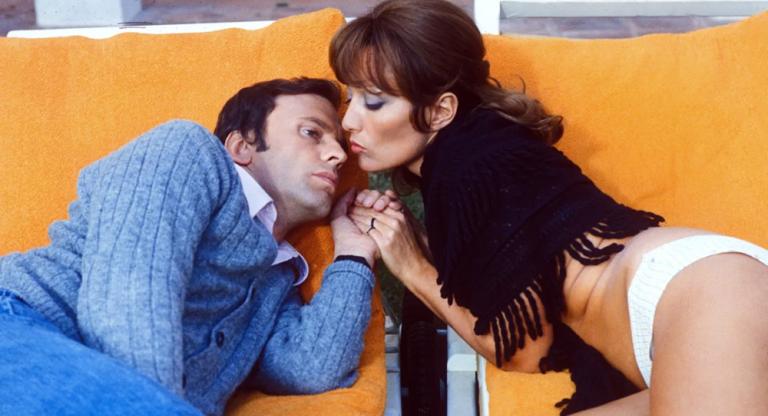This evening Anthology Film Archives at last reopens with a screening that could only happen in-person: a new restoration of Paul Sharits’s dual-16mm projection Razor Blades (1965-68), shown with Ray Gun Virus (1966). Rarely screened compared to the Essential Cinema-canonized works N:O:T:H:I:N:G (1968), T,O,U,C,H,I,N,G (1968), and S:TREAM:S:S:ECTION:S:ECTION:S:S:ECTIONED (1968-70), these are two of Sharits’s earliest surviving films. (The artist destroyed his “psychodramatic” work from 1958-1965 “in a rage of non-narrative commitment”.) Both works were the subject of painstaking preservation projects by Anthology, whose archivist John Klacsmann recently spoke to Screen Slate about his work.
Razor Blades consists of two 1,000’ reels of 16mm film projected side-by-side with the projectors’ detachable speakers placed directly on either side of the audience. The images are not perfectly synchronized—at the press screening I attended, the projectionists counted off like a rock band before the machines whirred into motion—meaning that each screening can be considered a unique performance. Like many of Sharits’s films, Razor Blades features of a stream of distinct images—solid colors, dotted patterns, cutout images of fruit, bodies, and blades—that flicker at 24 distinct frames per second. While the sequence of each linear film strip is of course fixed—the films technically consist of 14 different varied-length loops—the lack of exacting precision in firing them into motion of course means that the side-by-side juxtaposition of frames is somewhat variable. As Sharits wrote, their construction is such that “viewers may chart variations in their consciousness of speed, rhythm and image recognition/projected side by side so that both images are regarded as one large image, subjective variability is geometrically increased and ‘repetition’ is transcended.” Viewing the work, interaction of colors in juxtaposition with one another melds with the persistence-of-vision effect that typically allows the viewer to perceive motion, generating a sensation of visual overtones or “phantom” images. Sharits one explained to an interviewer that his work “brings us to the limits of our perceptual abilities so that often one cannot tell whether or not what one is experiencing is in the work or in oneself. So I think there is a kind of dialogue between the viewer and the work in the sense that there’s a perception that’s a kind of outcome of both of them interacting. A great deal of perceptual confusions and actual misperceptions can occur at such levels.”
Viewed today, Sharits’s work has an added if relatively prosaic dimension of reminding us what is lost when we can’t view cinema together, or when it becomes increasingly acceptable to substitute actual film projection with its digital likeness. While spacing out into a Paul Sharits-induced fugue state, it is possible to muse over how a similar phenomenology of perception is at play when watching any celluloid film projection. After more than a year of mainlining digital content, Anthology’s reopening reminds us what cinema is.
Razor Blades and Ray Gun Virus show at 7:00p and 8:45p Thursday, August 5 through Sunday, August 8.
